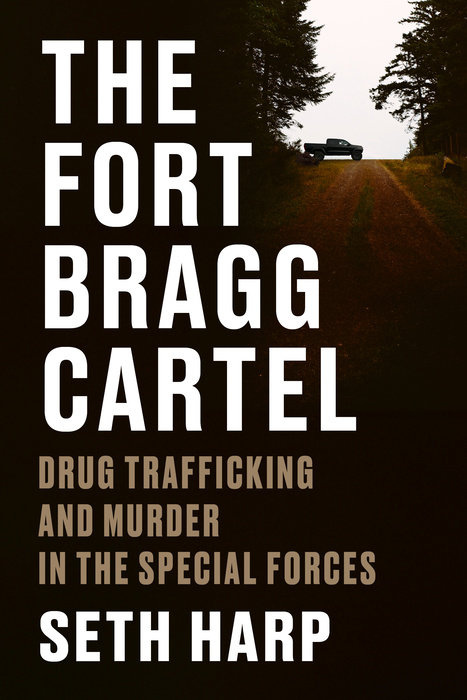In his memoir, McChrystal admits with remarkable if belated frankness that JSOC produced intelligence assessments “that inflated al-Qaeda’s role,” and “problematically used ‘AQI’ as a catchall designation for any Sunni group that attacked Americans.” This narrative, he acknowledges, was a way to “sidestep the reality” that most Iraqi insurgents were primarily motivated by “earthly grievances,” not Islamist ideology. There’s no indication, however, that he shared these important caveats with President Bush, who seized upon the imaginary influx of foreign jihadists into Iraq as an after-the-fact vindication of his discredited case for war. By grossly exaggerating Zarqawi’s importance, McChrystal and his deputy, Vice Admiral William McRaven, convinced the Bush administration that it was possible for the United States to kill its way to victory in Iraq through a massively stepped-up campaign of targeted assassinations. This was an essential precondition for the rise of JSOC.
Another of the advisors whom Bush called upon to reformulate the war effort in late 2006 was Michael Vickers, the top Pentagon official in charge of the larger umbrella organization over JSOC, the Special Operations Command, or SOCOM, known by the comically unwieldy acronym “ASD SO/LIC & IC,” for Assistant Secretary of Defense for Special Operations/Low-Intensity Conflict and Interdependent Capabilities. In his memoir, Vickers recalls how the Bush administration scrapped its existing playbook and instituted a new policy that put JSOC firmly in charge of the fight in Iraq.
The plan involved a two-pronged approach, the public-facing aspect of which was a temporary buildup or “surge” of conventional forces. But the real escalation took place behind the scenes, as JSOC was quietly tasked with implementing a radically expanded campaign of mass assassinations very similar to the Vietnam-era Phoenix Program, which in spite of the repugnance it had elicited in the public, was considered a success by the Washington-dwelling national-security set. Once limited to former regime officials and leaders of the insurgency, JSOC’s hit list, euphemistically known as the “disposition matrix” or “joint prioritized effects list,” grew exponentially to include anyone, however youthful or peripheral, suspected of taking up arms against American occupiers. Vickers calls this covert war the “hidden surge.”
